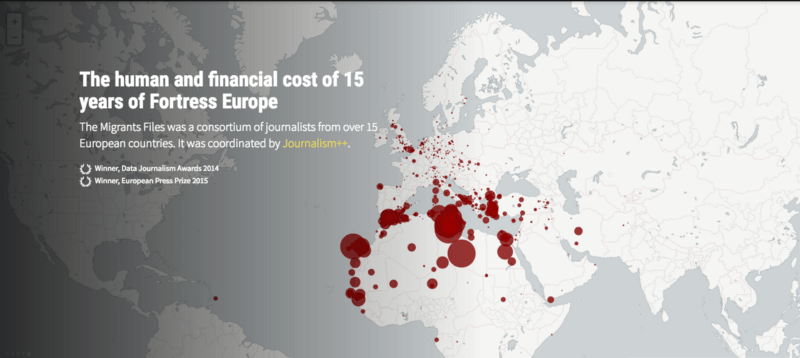There’s an argument to be made that the impersonal nature of online communication can be dehumanising. While there may be some truth in that, the digital arena has also enabled connections and conversations that have direct social or people-focused impact.
I wanted to highlight three initiatives that introduce warmth and empathy to those ‘hard’ gadgets we carry around.
Tackling panic in Kenya
Elections in Kenya can be tense affairs with feelings running high. In the recent past there has been communal violence and even ethnic cleansing. So when Kenyans voted in record numbers for their fourth president in March 2013, security forces were on high alert with nearly 100,000 police officers on duty. Part of their challenge was to combat the rising fear and panic caused by rumours of violence, which tend to become self fulfilling prophecies.
How do you stop panic and the madness of crowds from spiralling out of control? Surprisingly, despite its reputation as a viral agent, mobile text messaging can be used to calm crowds too. This has a certain logic because catalysts, by definition, are able to slow, as well as speed, reactions. This applies to human chemistry too.
Non-profit organisation Sisi Ni Amani (We Are Peace) had the idea of a text message broadcast system, PeaceTXT. On polling day, in the teeth of reported clashes between the security services and the Mombasa Republican Council, Sisi Ni Amani texted community leaders with the message: “Let us not be left behind. Let us take pride in our right to vote and to vote peacefully. Peace is you and me.”
When youths overpowered police at a Nairobi polling station, Sisi Ni Amani texted local activists. “When we maintain peace, we will have joy & be happy to spend time with friends & family,” it began, “but violence spoils all these good things. Tudumishe amani Phase 4.”
Thanks in part to those texts, citizens calmly asserted their collective power.
PeaceTXT is the product of a collaboration of social movements, such as CureViolence, Ushahidi, Medic Mobile and the Praekelt Foundation.
Engaging youth in politics
One way to channel the energy of youth is exemplified by UNICEF which aims to give them a platform for their opinions with U-Report. Again, this is a messaging system, but this time it involves the slightly more risky strategy of engaging young people in political debate.
It was piloted in Uganda where 55% of the population is 18 or younger and 48% of people have access to mobile phones. Opinion on education, water, sanitation and hygiene, youth unemployment, HIV/AIDS and disease were canvassed by text from 250,000 young.
The service also offered potentially life-saving information and gave young people a line of communication with decision makers that was to prove crucial. Soon MPs were joining to hear what the youth had to say. One poll, which revealed low immunisation rates, inspired a politician to launch a public health awareness raising campaign.
Elsewhere, U-Report now has a Twitter-based international network, U-ReportGlobal. Under the scheme U-Reporters get direct messages with some basic questions, which they must answer to become a member. They are then included in polls and receive alerts by DM. Results of polls are collected and displayed on the U-ReportGlobal website.
Dispelling negative stereotypes about young people
Another youth-led initiative aims to make the UK more inclusive. The 99% Campaign is a national campaign and digital participation programme aiming to make the process fairer and more responsive to young people’s views, which aren’t always taken into consideration, campaigners argue.
It aims to achieve its objective by giving a voice to the most marginalised young people and dispelling negative stereotypes.
How? The 99% campaign has three goals. Firstly, it aims to address the “disadvantage thinking” about young people inherent in the country. It aims to counter this by promoting positive stories. Secondly, there will be a move to tackle discrimination, negative perceptions and stereotypes about young people within society, political institutions and service providers. Having achieved that, it aims to find them work to move into, which dovetails with the third major goal: to create new youth opportunities as well as highlight and enhance those already available.
The 99% Campaign plans to do this through the promotion of positive stories, events, publications, and online and face-to-face training.
As they saying in texting: Lots of Love! (Sadly, someone’s already taken the acronym for this)









